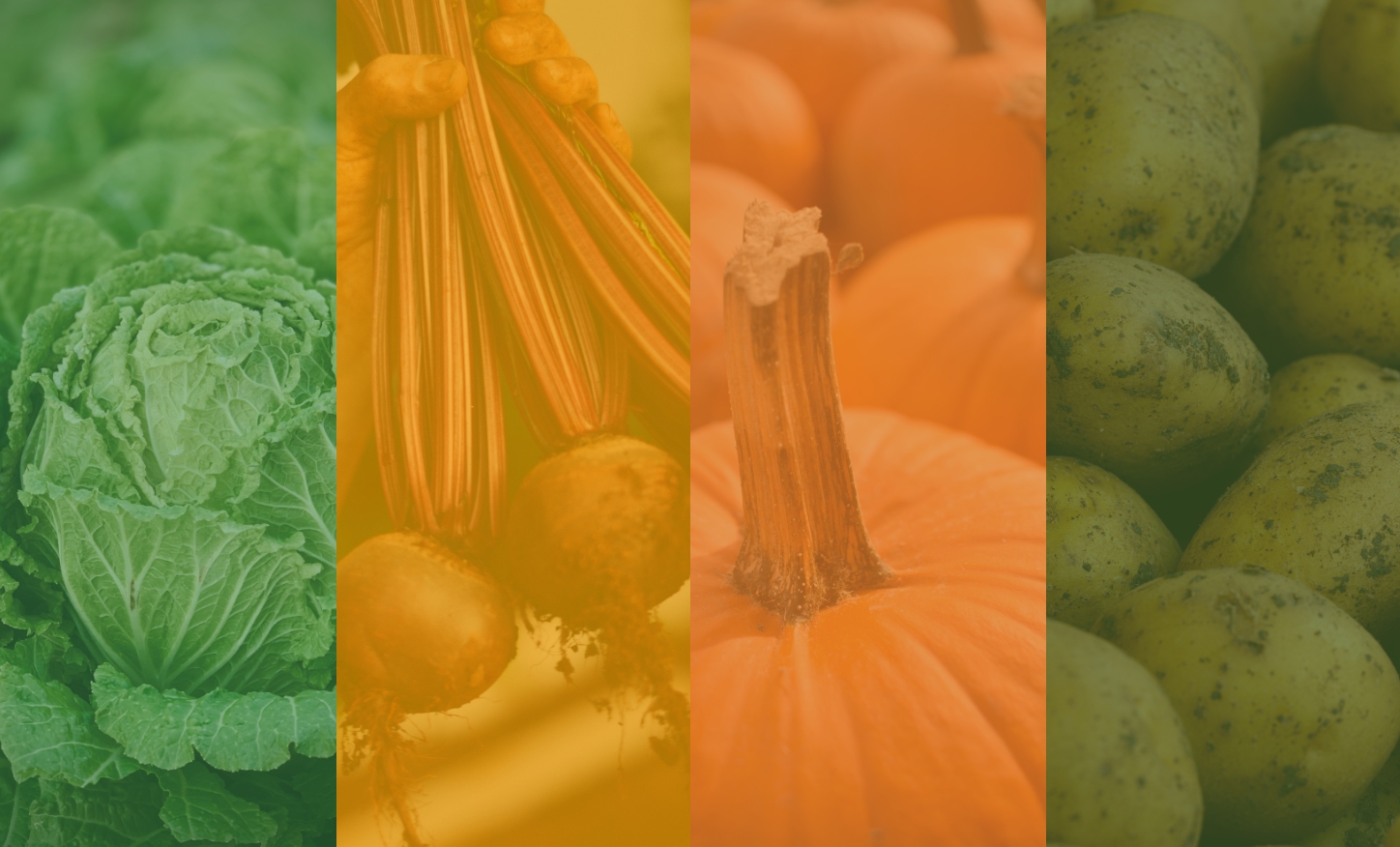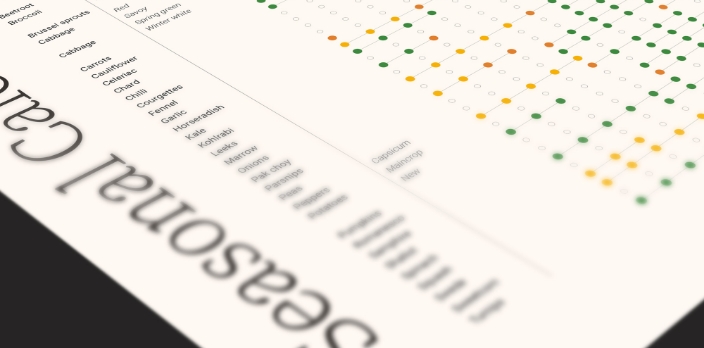05 February 2024
As we enter our final month of winter, we are accompanied by a true seasonal champion, the Indoor-Forced Yorkshire Rhubarb. Whose deep, vivid colour is reminiscent of sunnier times. It’s an absolute must-have product this month, and you do not want to be missing out…
Our favourite crumble filling was initially native to Siberia and was originally found growing on the banks of the river Volga, where the plant enjoyed the cold, rain and nitrogen-rich soil. Who would’ve thought that Siberia and the Yorkshire Pennines had so much in common!!
Rhubarb was brought to England for its medicinal purposes but that all changed when the Chelsea Physic Gardens accidentally discovered the forcing process in the early 1800s. By partially covering some of the roots with soil, they found the tender shoots sprouting a few weeks later. In the late 1800s, Rhubarb was introduced and produced in Yorkshire in a meaningful way and the rest is history.
Rhubarb was a hit in the 1950s, where 90% of the world’s forced rhubarb was produced in Yorkshire, by a whooping number of 200 different growers. It was so popular in fact that special trains, cleverly coined as the Rhubarb Express trains, travelled to the area daily to ship the valuable cargo from the fields to mostly New Covent Garden Market in London, where the product was distributed further into the markets and Europe. Imagine a train full, carriage to carriage, of only rhubarb!
Sadly, the hype for rhubarb significantly reduced until the 2000s when it is making a massive (rightly deserved) comeback. Despite the growing systems being the same as when they started nearly 200 years ago.
Indoor-forced rhubarb is grown in pitch black to prevent photosynthesis from occurring, which would happen with both natural and artificial light. The only light source that doesn’t trigger this natural phenomenon is the warm glow of candlelight. Yes, your forced rhubarb is quite literally picked by candlelight today! However, this element is key to the plant’s growth, longevity and colour.
If you remember earlier in the article, rhubarb loves cold, wet, and nitrogen-rich soil. This is where the 9 square miles between Wakefield, Morley and Rothwell come into play. Also known as the Rhubarb Triangle, due to being in the shadow of the Pennines, the weather and soil are perfect for rhubarb cultivation as it mimics its origin in Siberia.
You may also have come across the rhubarb ‘sheds’, which we created back in the 1800s by Yorkshire farmers for the sole purpose of growing forced rhubarb. It was the first place in the world where special sheds were erected just for the sole purpose of growing rhubarb out of season. They are specially designed to have low roofs and (now) fan heaters to keep the rhubarb from freezing in too low temperatures, but also to trick them into thinking it’s springtime and therefore time to get growing!
We’ve mentioned the magic of the plant, but really it’s in the experience of visiting in the sheds. There’s not much that has brought on excitement much like standing in the dark with your big jacket and welly boots on taking in the sea of pink and yellow plants, lit by a flickering candlelight in Yorkshire. If you’re particularly quiet, you will also hear a faint squeaking sound, which is the rhubarb growing!
But we’re not the only ones who believe in the special nature of this rhubarb. In 2010, the Rhubarb Triangle was officially designated ‘Protected Destination of Origin’ status by the European Commission. Which makes Indoor-Forced rhubarb, what Champagne is to the wine industry, and Parm Ham to the meat industry and Feta Cheese to the dairy industry.
Don’t miss out on your last chance to order this magical item before the season comes to an end!
Reach out to our team if you have any queries about ordering:
Tel: 01789 339 106





